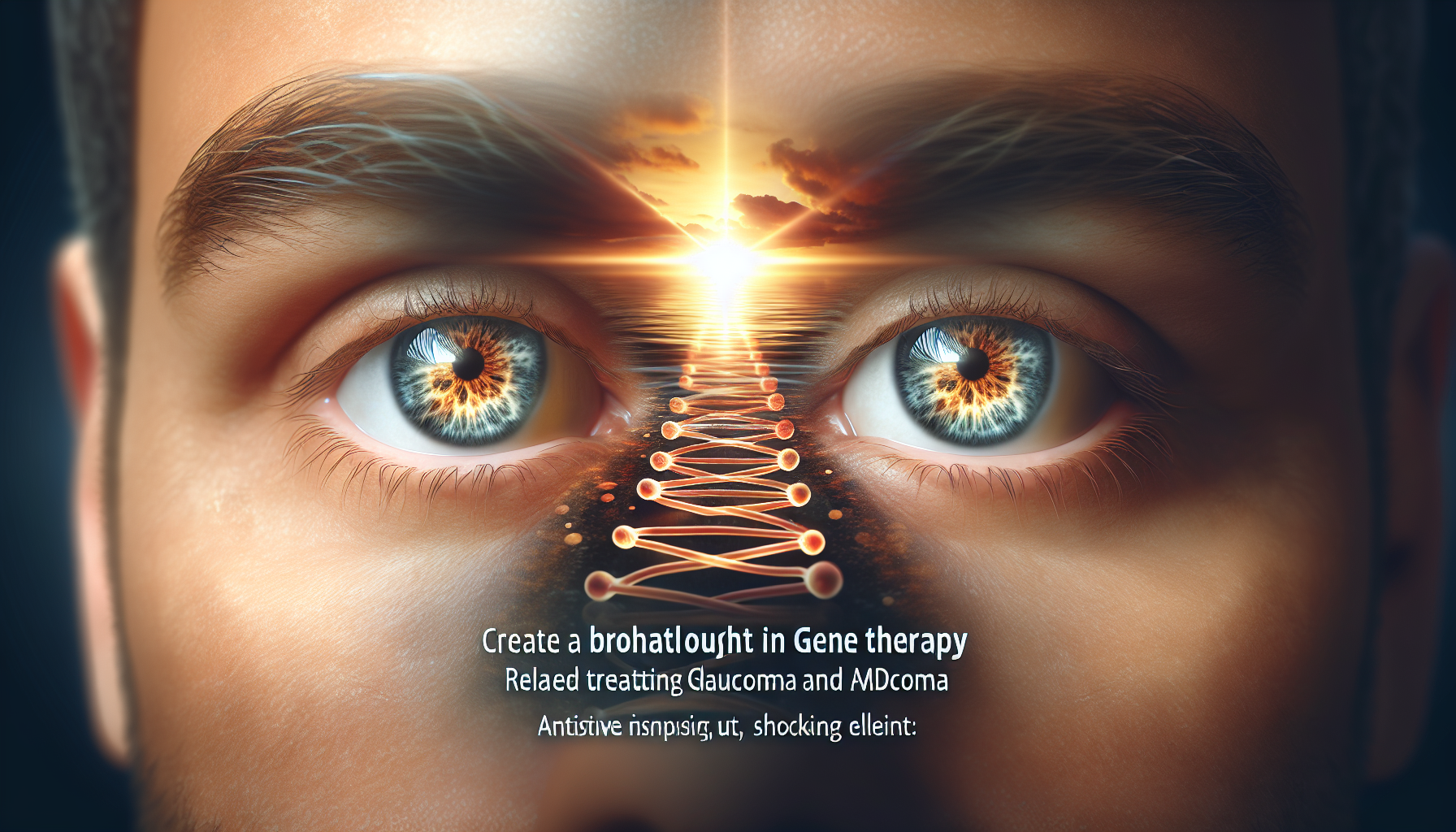In an exciting development, a team of scientific researchers from Trinity College Dublin have made significant progress in advancing gene therapy treatments for glaucoma, a severe eye disease that can result in complete loss of sight. This condition affects an estimated 80 million people globally. Their previous work demonstrated the potential of their therapy in treating dry age-related macular degeneration (AMD).
The details of their research have been published in the esteemed International Journal of Molecular Genetics. The study demonstrates how the gene therapy provided substantial benefits in both animal models and human cells derived from glaucoma patients.
The therapy offers protection to vital retinal ganglion cells (RGCs), which play a significant role in vision, and enhances their function in animal models resembling glaucoma. When applied to human retinal cells, the therapy increased oxygen consumption and ATP (energy) production, suggesting improved cell performance.
Dr Sophia Millington-Ward, the lead author of the research paper and a Research Fellow at Trinity’s School of Genetics and Microbiology, explained the importance of their work. She stated, “Glaucoma is a leading cause of blindness and is a complex group of optic neuropathies. In Europe, approximately 1 in 30 people between the ages of 40 and 80 have glaucoma, and this increases to 1 in 10 for those over 90. This widespread condition urgently needs more treatment options.”
She further mentioned the multifactorial nature of glaucoma and the variability in patient responses to current treatments like eye drops, surgery, or laser therapy. This has inspired their continuous development of gene therapies, which are showing great promise.
The new gene therapy utilises an approved virus to deliver a heightened gene (eNdi1), developed by the Trinity researchers. The goal of the therapy is to increase mitochondrial activity (the “powerhouses” of cells responsible for ATP production) and minimise the production of harmful reactive oxygen species.
Jane Farrar, a Research Professor at Trinity’s School of Genetics and Microbiology and the senior author of the research paper, spoke about the importance of developing gene therapies that can benefit a large number of patients, especially considering the high development costs associated with each therapy. She mentioned the therapy’s potential to enhance mitochondrial function in glaucoma patients.
The team is now focusing on translating their studies into clinical implementation and patient treatments, despite the many additional steps required. Based on these and other foundational achievements, the Trinity team, along with Loretto Callaghan, recently established Vzarii Therapeutics. This new venture aims to accelerate the development of the dry AMD and glaucoma gene therapies towards human clinical trials.

Comments are closed for this post.